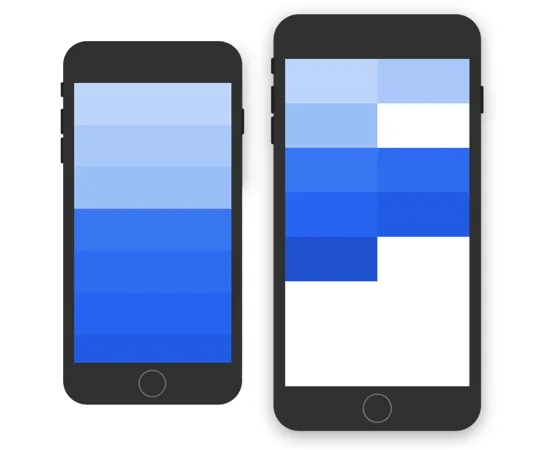为了实现更高效的集成,我将以下内容用作每个react-navigation屏幕的超类:
export default class BaseScreen extends Component {
constructor(props) {
super(props)
const { height, width } = Dimensions.get('screen')
this._isMounted = false
this.state = {
screen: {
orientation: width < height,
height: height,
width: width
}
}
}
componentDidMount() {
this._isMounted = true
Dimensions.addEventListener('change', () => this.updateScreen())
}
componentWillUnmount() {
this._isMounted = false
Dimensions.removeEventListener('change', () => this.updateScreen())
}
updateScreen = () => {
const { height, width } = Dimensions.get('screen')
if (this._isMounted) {
this.setState({
screen: {
orientation: width < height,
width: width, height: height
}
})
}
}
将任何根组件设置为从该组件扩展,然后从继承的根组件向您的叶子/哑组件传递屏幕状态。
此外,为了避免增加性能开销,请更改样式对象,而不是添加更多组件到混合中:
const TextObject = ({ title }) => (
<View style={[styles.main, screen.orientation ? styles.column : styles.row]}>
<Text style={[styles.text, screen.width > 600 ? {fontSize: 14} : null ]}>{title}</Text>
</View>
)
const styles = StyleSheet.create({
column: {
flexDirection: 'column'
},
row: {
flexDirection: 'row'
},
main: {
justifyContent: 'flex-start'
},
text: {
fontSize: 10
}
}
我希望这能帮助到未来的任何人,你会发现它在开销方面非常优化。
